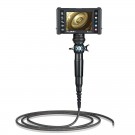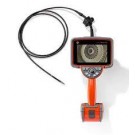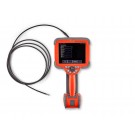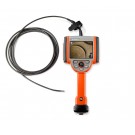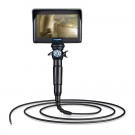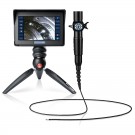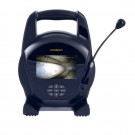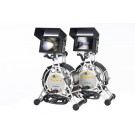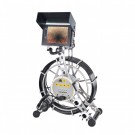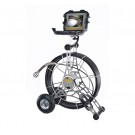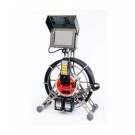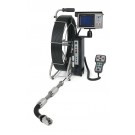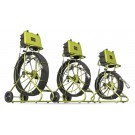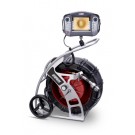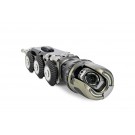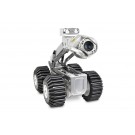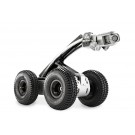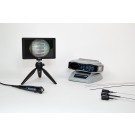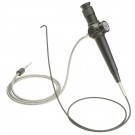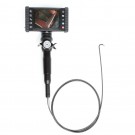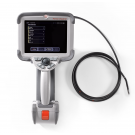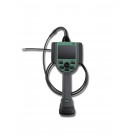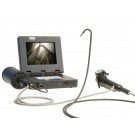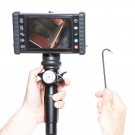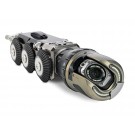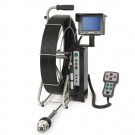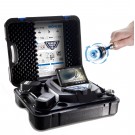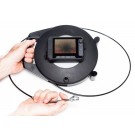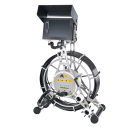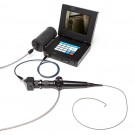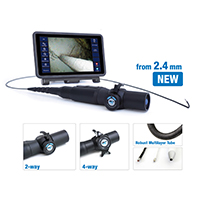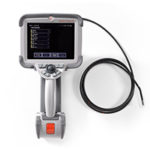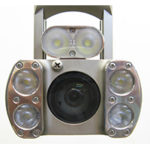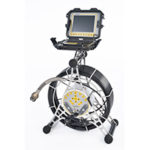The iRis DVR X video borescope review proves that it is the best in its class. When compared to other video borescopes in it's price range the iRis DVR X videoscope or video borescope out performs the competition on every level. The iRis DVR X offers a superior image, brighter illumination, industrial design, more options and advanced digital features.
Some of the Advantages of the iRis DVR X Video Borescope Review:
The iRis DVR X videoscope is available in lengths up to 7.5m (24.6 Ft.) while the VJ borescope and Hawkeye V2 are only available in shorter lengths.
The VJ borescope and Hawkeye V2 both have plastic housings and are not nearly as durable as the metal hand piece of the industrial iRis DVR X videoscope.
The iRis DVR X is water proof and IP 53 rated. Neither the VJ or the Hawkeye V2 have any protection rating and can not be used in wet environments.
The iRis DVR X is the only video borescope in its class that offers on screen text annotation.
The iRis DVR X videoscope or video borescope offers built in comparison measurement...nothing else in this price range offers any sort of measurement capability.
The iRis DVR X videoscope offers enhanced 3.5X digital zoom for greater detail of the inspection area.
A large 5.0 inch LCD makes the iRis DVR X easy to use and is vastly superior when compared to small 3.5" LCD displays.
The iRis DVR X offers vastly superior digital storage over both the VJ Advance Borescope and the Hawkeye V2. The iRis DVR X can hold 32 GB SD card and save 16,000 images or 32 hours of video. The VJ and V2 video borescopes can only store a fraction of this on tiny 2GB SD cards.
The iRis DVR X videoscope offers 6 hours of battery life. The VJ Advance video borescope and Hawkeye V2 borescope only offer 45 or 90 minutes...hardly enough life to ensure completion of your inspection.
The features and advantages of the iRis DVR X video borescope are overwhelming when a borescope review is conducted against the competition. Continue reading →
 Mentor Visual IQ video borescope
Mentor Visual IQ video borescope
